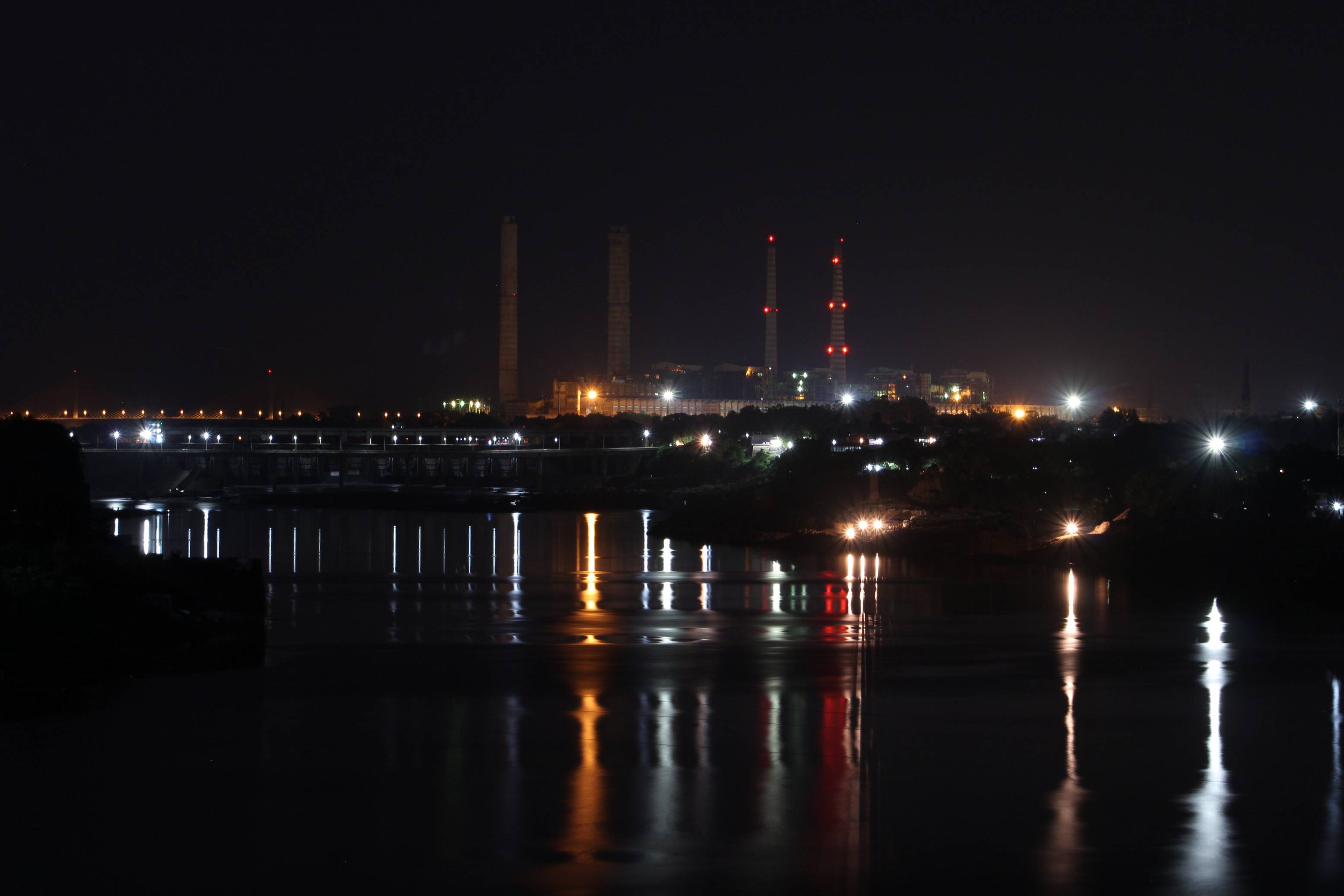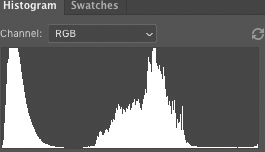I took the following photos yesterday to capture the shades of sunset skies. However, I am utterly disappointed with the sharpness of the overall pictures (areas in shadows particularly very soft) and not sure if the infinity that I intended to keep sharp (horizon in this case) is what the camera has indeed captured.
Please also review other pictures in order to assess my photography style, giving broader idea about me as amateur photographer struggling to make a mark at shutter stock site.
Also, am I struggling with my photography skills or partly canon 1300D kit could be blamed as well?
- Taken just before sunset, 35mm, ISO 200, f/11, 0.6 sec, IS off, focus set at near most tower. Bushes under shadows appear noisy and lack detail (taken 35mm, ISO 200, f/11, 2.5 sec, IS off, using Canon 18-55mm IS lens). What could be the reason. Further, Shutter stock declined it for focus issues.
- Exposure is better (35mm, ISO 200, f/11, 2.5 sec, IS off, using same lens as above) but again bushes just behind the first tower are all so soft and lack detail. Even longer exposure of 31 sec
- Although this picture has better sharpness at 75 mm, f/10, 31 sec, it has been rejected by shutter stock for Noise/film grain (using Canon 75-300mm 4-5.6 non-IS lens). Could you please pinpoint it? Also, are lights on chimneys producing chromatic aberration?
- I personally felt that at 125 mm, ISO 200, f/5.6, 0.8 sec (using same lens as above) I clicked a good shot but it got rejected at shutter stock for Noise/film grain and focus issue. Because the scene was dark so to prevent noise at high ISO I didn't shot at high shutter speed. What I could have done better here?
- I like the composition but failed to manage the bluish color cast in shadow area. Taken at 18mm, ISO 100, f/10, 90 sec, IS off using canon 18-55 3.5-5.6 lens with ND1000 filter at sunset time. Shutter stock rejected it for focus issues but I found the overall DOF to be good enough, please advice? Also, is this blue color cast normal?









